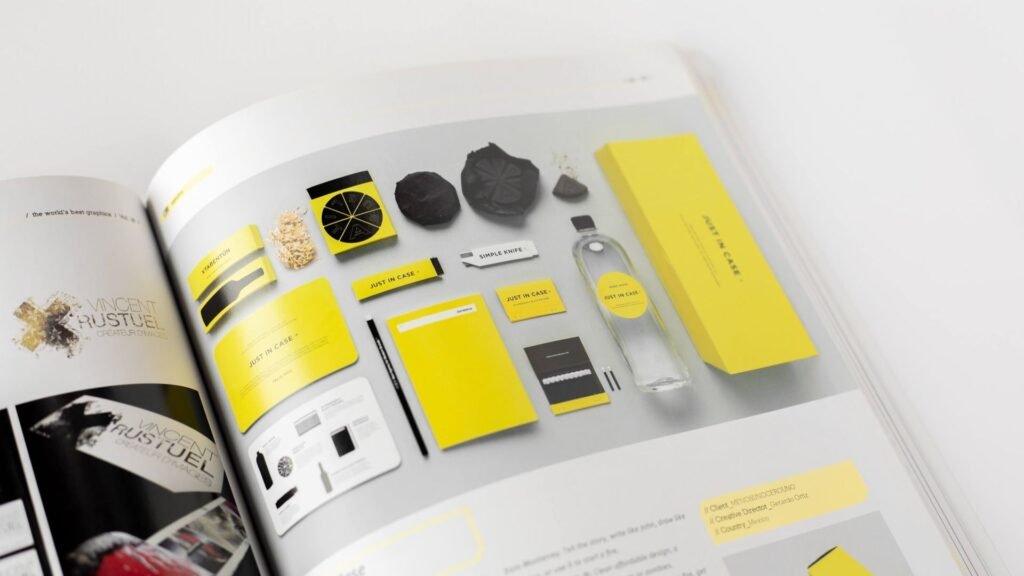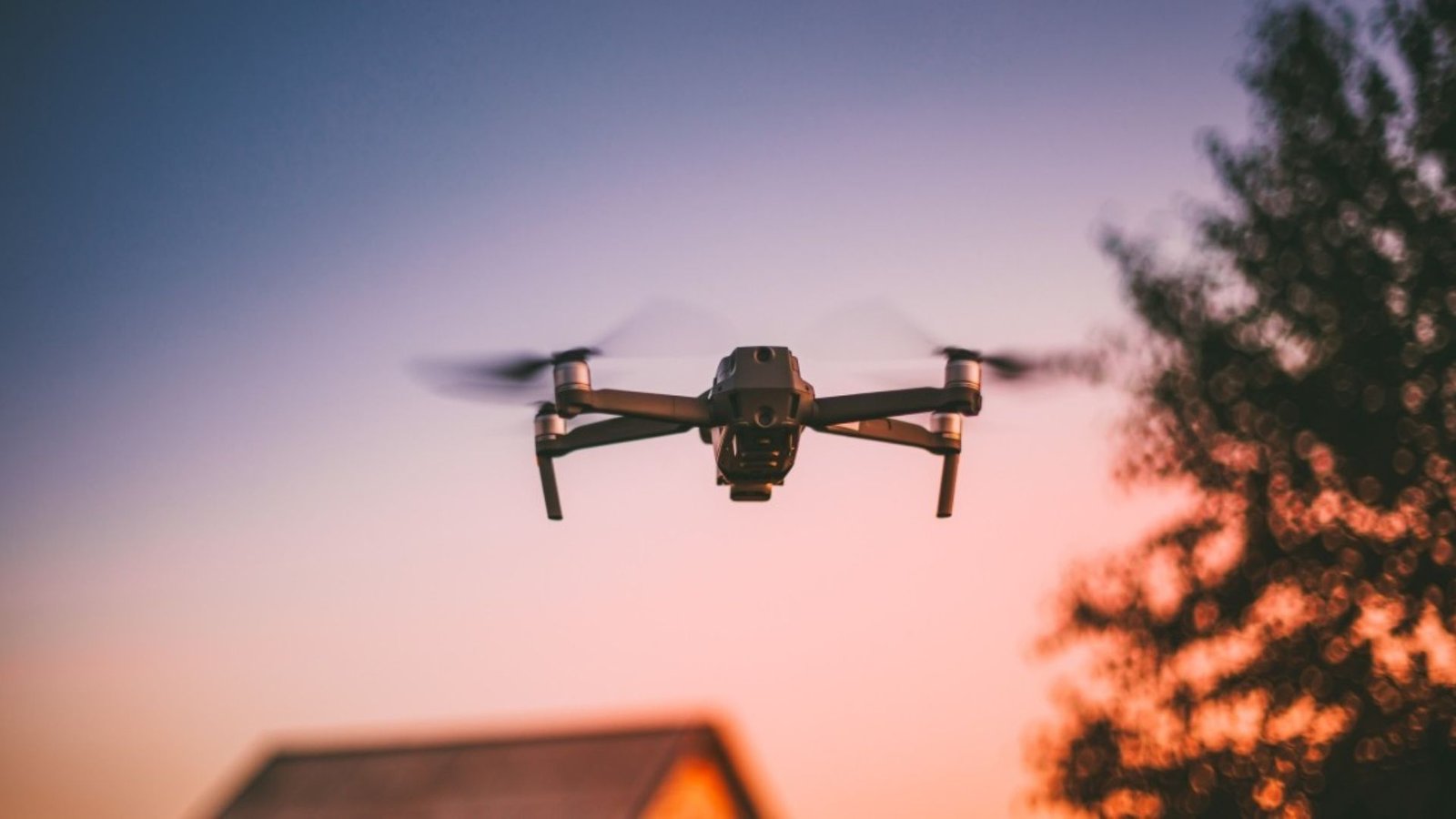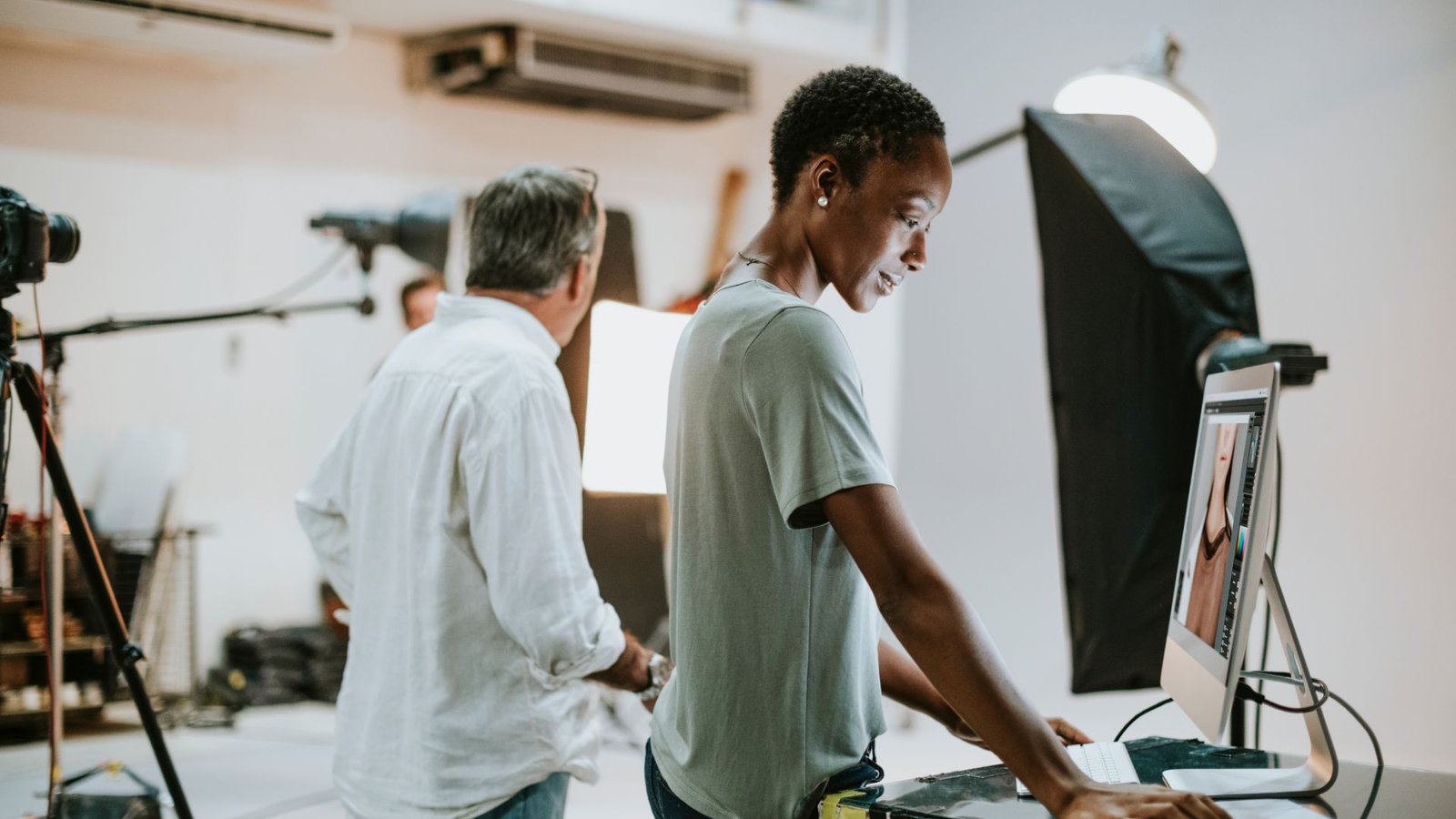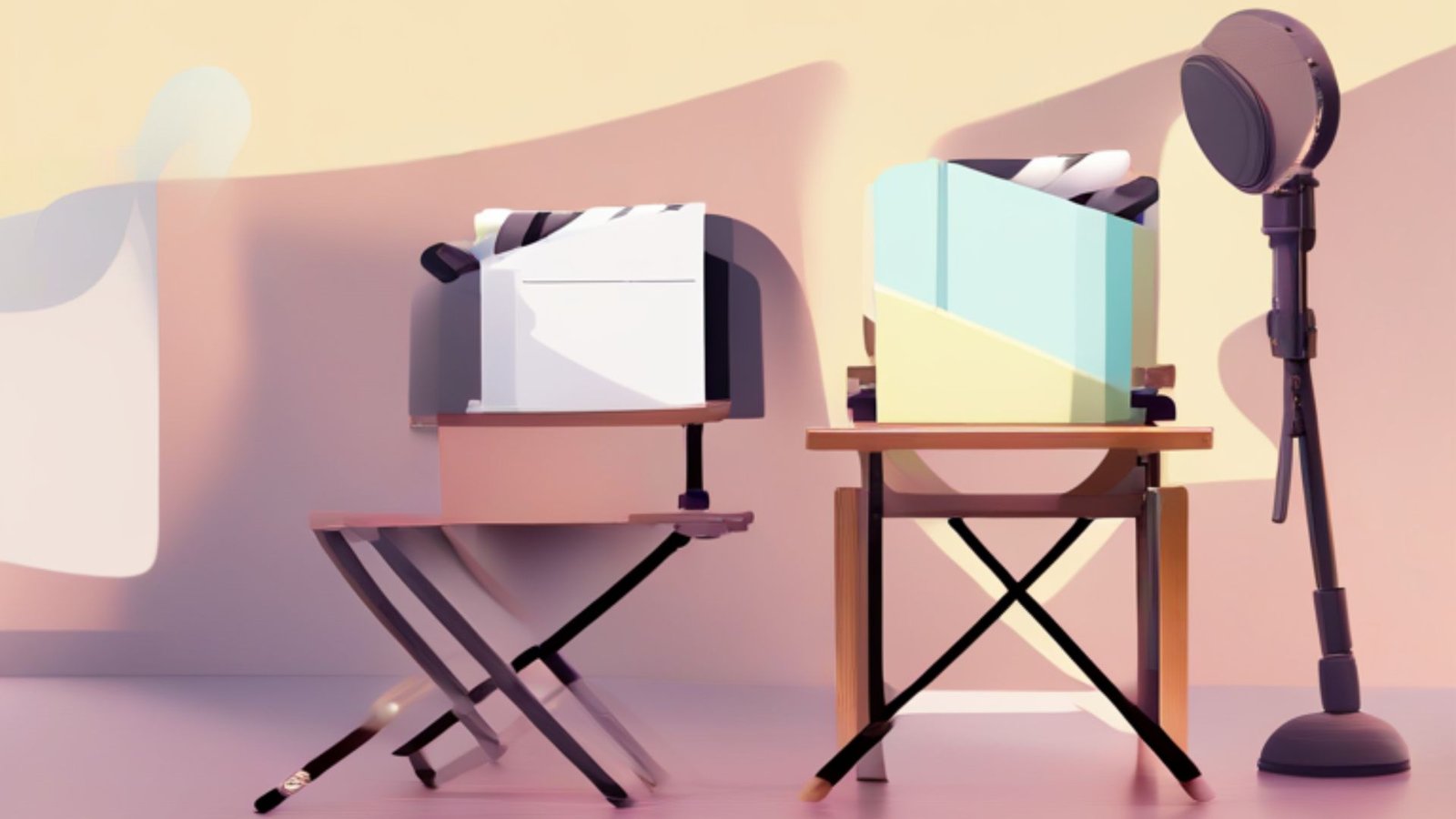Production design is integral to creating a compelling visual narrative in film, theater, and television. However, common mistakes can undermine the effectiveness of a design. Here’s a guide to the top production design mistakes and strategies to avoid them.

Ignoring the Script and Story
Mistake: Designing sets without a deep understanding of the script or story can result in a disconnect between the visual elements and the narrative.
Avoidance Strategy: Read and analyze the script thoroughly. Understand the themes, character arcs, and emotional tones. Ensure that every design choice supports and enhances the story.
Neglecting Practicality
Mistake: Overly ambitious designs that look great on paper but are impractical for filming or staging can lead to logistical issues and hinder the production process.
Avoidance Strategy: Balance creativity with functionality. Design sets that are not only visually striking but also practical for the cast and crew. Consider camera angles, lighting, and space requirements.
Overlooking Character Reflection
Mistake: Failing to align the set design with the characters’ personalities and backgrounds can result in environments that don’t feel authentic or integrated with the characters.
Avoidance Strategy: Design sets that reflect the characters’ traits, lifestyles, and developments. Use color, texture, and props to enhance the character’s story and provide visual insight into their world.
Ignoring Consistency
Mistake: Inconsistencies in design, such as mismatched elements or abrupt changes in style, can distract the audience and disrupt the flow of the story.
Avoidance Strategy: Maintain a cohesive design throughout the production. Ensure that all elements, from color schemes to props, align with the overall visual style and narrative.
Underestimating Detail Work
Mistake: Neglecting small details or rushing through set decoration can result in a lack of authenticity and realism, making the set feel incomplete.
Avoidance Strategy: Pay attention to the finer details. Incorporate realistic props, textures, and small design elements that add depth and believability to the set.
Overcomplicating the Design
Mistake: Complex and cluttered designs can overwhelm the audience and detract from the main action or focus of the scene.
Avoidance Strategy: Strive for simplicity and clarity. Ensure that the design elements serve the narrative and do not distract from the characters or action. Use space effectively to enhance focus.
Neglecting Lighting and Camera Angles
Mistake: Designing sets without considering how lighting and camera angles will interact can result in visual issues that affect the final product.
Avoidance Strategy: Collaborate with the lighting and camera teams to understand how the set will be lit and filmed. Design with these factors in mind to ensure that the set looks its best on screen.
Failing to Adapt
Mistake: Sticking rigidly to the original design despite feedback or changes in the production can lead to missed opportunities for improvement.
Avoidance Strategy: Be flexible and open to feedback. Adapt the design as needed based on input from directors, actors, and other team members to enhance the overall production.
Overlooking Budget Constraints
Mistake: Ignoring budget limitations can lead to overspending and financial strain, affecting other areas of production.
Avoidance Strategy: Create a design plan that aligns with the budget. Prioritize essential elements and explore cost-effective solutions that do not compromise the overall quality.
Neglecting Research and Authenticity
Mistake: Failing to research and incorporate accurate details can result in a design that feels inauthentic or historically inaccurate.
Avoidance Strategy: Conduct thorough research to ensure accuracy and authenticity in the design. This includes historical details, cultural elements, and realistic props.
Conclusion
Avoiding common production design mistakes involves a balance of creativity, practicality, and attention to detail. By aligning the design with the script, considering functionality, and maintaining consistency, production designers can create environments that enhance storytelling and contribute to a compelling visual experience.




